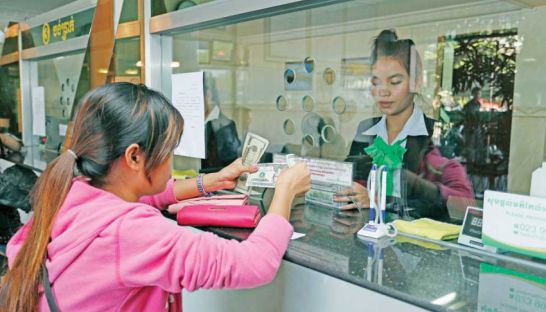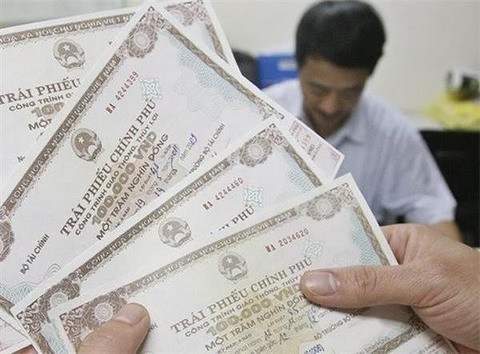MFI lenders hedge safer bets after limit on rate of interest
MFI lenders hedge safer bets after limit on rate of interest
The number of borrowers from microfinance institutions (MFIs) decreased by 5 percent during the third quarter of this year compared to the same period last year, a trend that industry insiders claim is due to operators attempting to strengthen the quality of their loans and to the impact of the 18 percent interest rate cap.

According to data from Cambodia Microfinance Association (CMA), the number of borrowers from 66 local MFIs reached a total of 1.84 million clients at the end of September this year, down from 1.94 million clients compared to the same period in 2016.
CMA data showed that portfolio at risk (PAR), the indicator for non-performing loans, amounted to $76 million by the end of September, equal to 1.9 percent of the sector’s total outstanding loan portfolio. By the end of September last year, PAR was valued at $39 million, or 1.38 percent of the total outstanding loan portfolio.
Sok Voeun, chief executive of LOLC (Cambodia), said the decrease of borrowers could be caused by three main factors including a lower demand of loans from clients, operators strengthening loan quality and reducing the amount of small loans disbursed to activate the 18 percent interest rate cap.
“We have observed that the loan quality in the MFI sector in 2016 and 2017 was not as good as the quality compared to previous years,” he said, adding that operators have started to deny credit to clients who do not meet stricter criteria.
He added that the National Bank of Cambodia’s decision to cap annual microfinance interest rates at 18 percent – nearly half the prevalent rate charged by most MFIs – is starting to affect the industry, forcing operators to abandon lending small loan s.
“Some MFIs have turned to focus on bigger loan s and reduce small loans because they cannot survive with the 18 percent interest rate cap for small loans,” he said.
While the number of borrowers has decreased, CMA data showed that the average loan increased to $2,160 during the third quarter this year compared to $1,460 during the same period last year.
However, the total outstanding loan portfolio for the sector continued to grow at a feverish pace, increasing
by 39 percent from $2.85 billion to $3.99 billion compared to the same period last year.
Hout Ieng Tong, chairman of CMA, said that the slight increase of PAR and the decreased number of borrowers should not be viewed as a worrying trend. While PAR increased from 1.38 percent to 1.9 percent over the last year, he said it was still low compared to other developing countries and could easily be controlled.
“The outstanding loan amount will keep increasing this year and I predict that the sector is still growing healthily,” he said.
While it appears that the interest rate cap is just starting to show its effects on the industry, the International Monetary Fund (IMF) predicted in a report released last month that it could have far-reaching consequences.
According to the report, the cap will likely lead to consolidation amongst operators in the sector while borrowers will have a reduced capability to access formal financial services, potentially encouraging them to borrow from loan sharks. This consequence could be particularly acute in rural areas.
“International evidence suggests that interest rate caps are not an effective tool to increase access to low-cost credit, and that fundamental reforms to reduce funding and operational costs, and to improve financial literacy and consumer protection are needed instead,” the report said.





